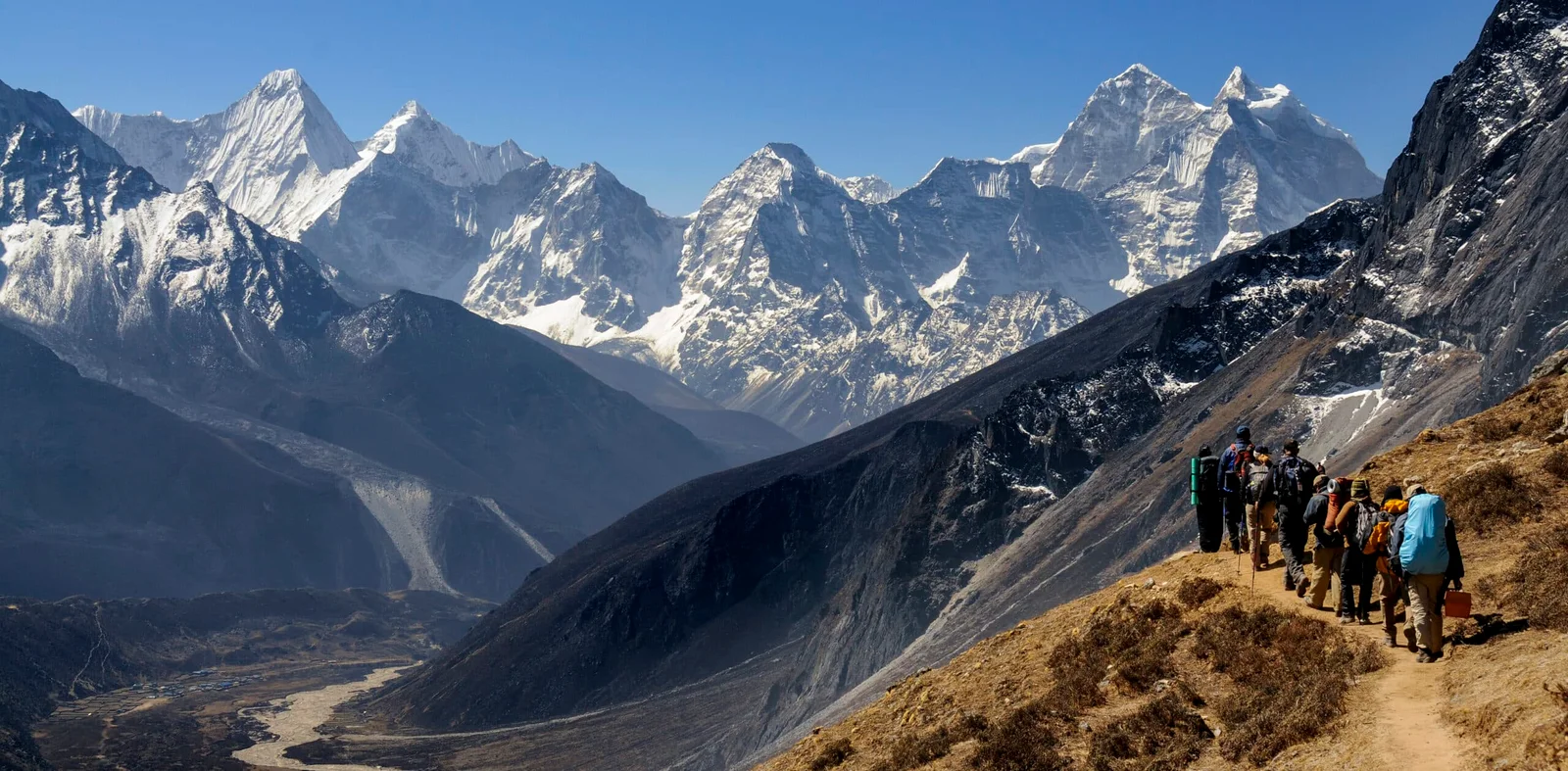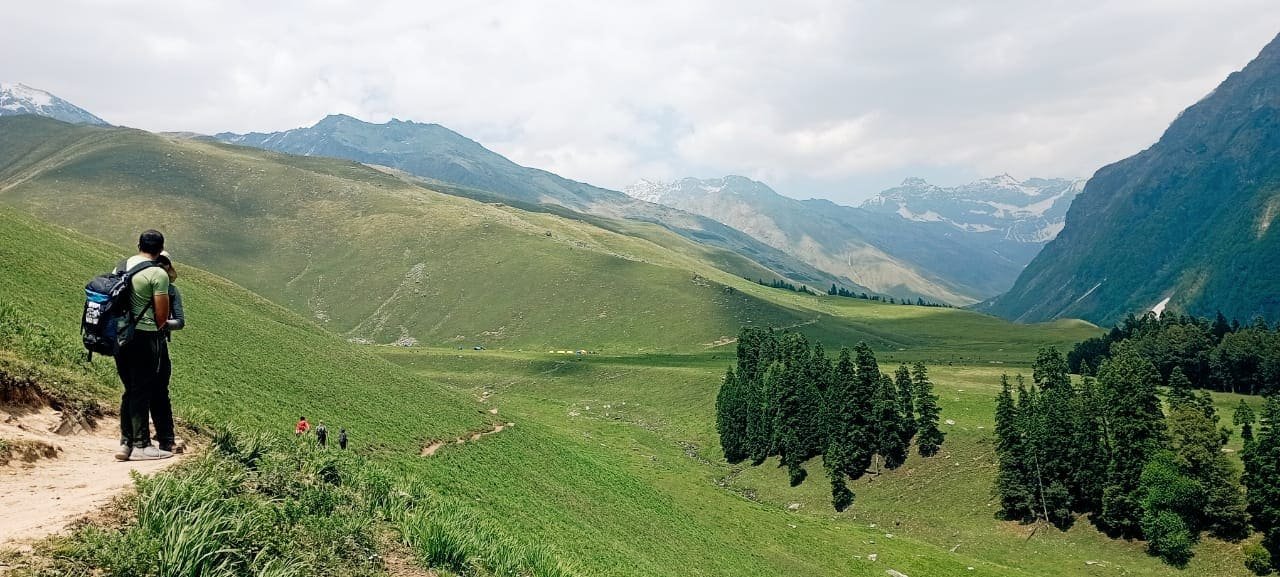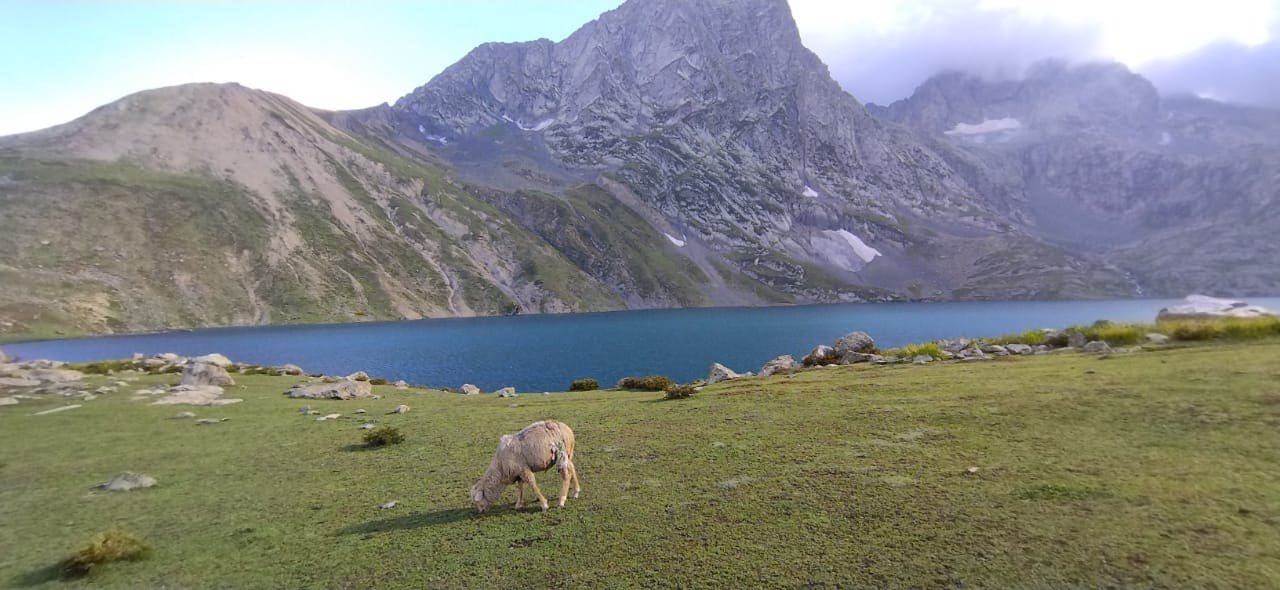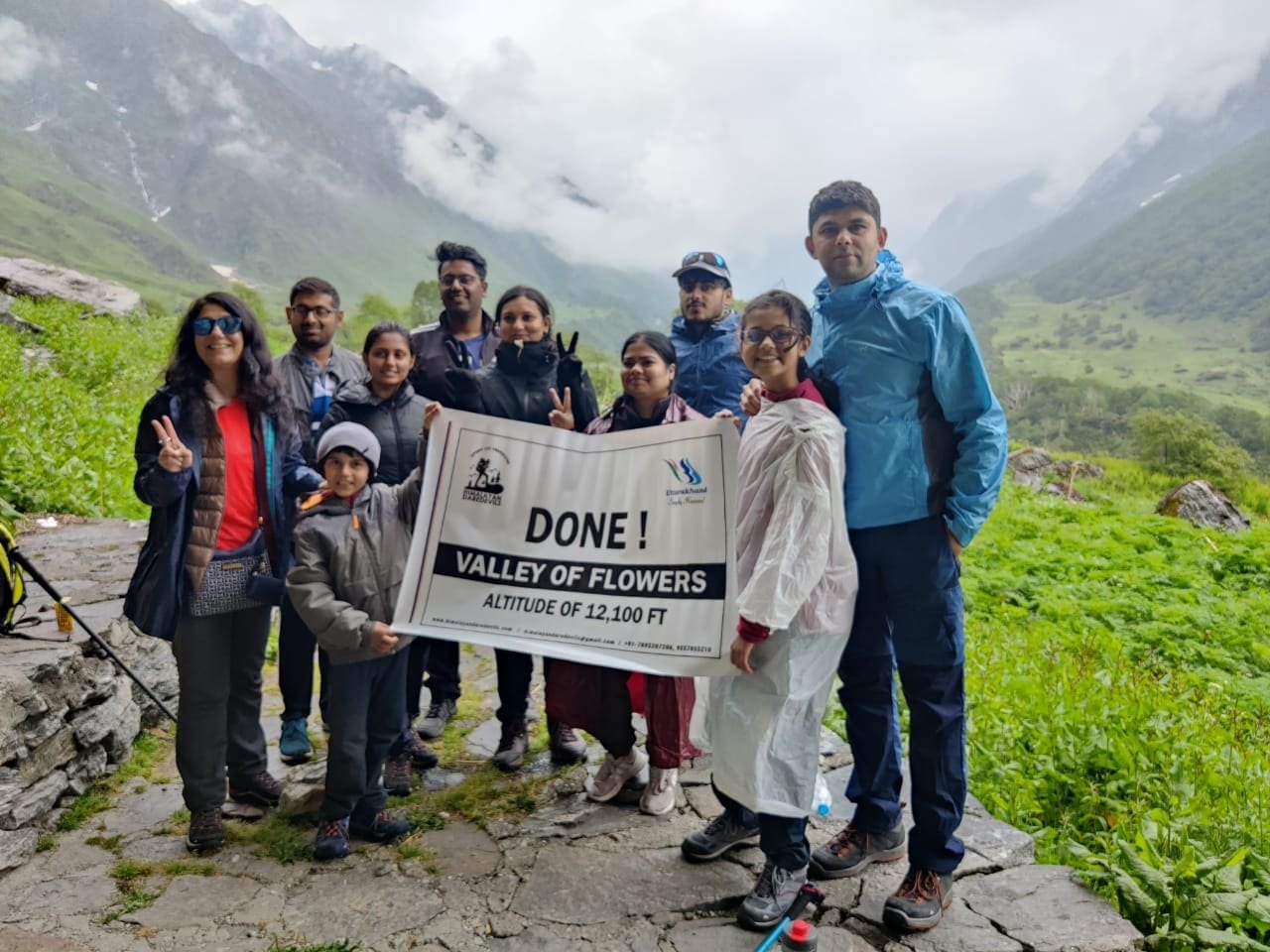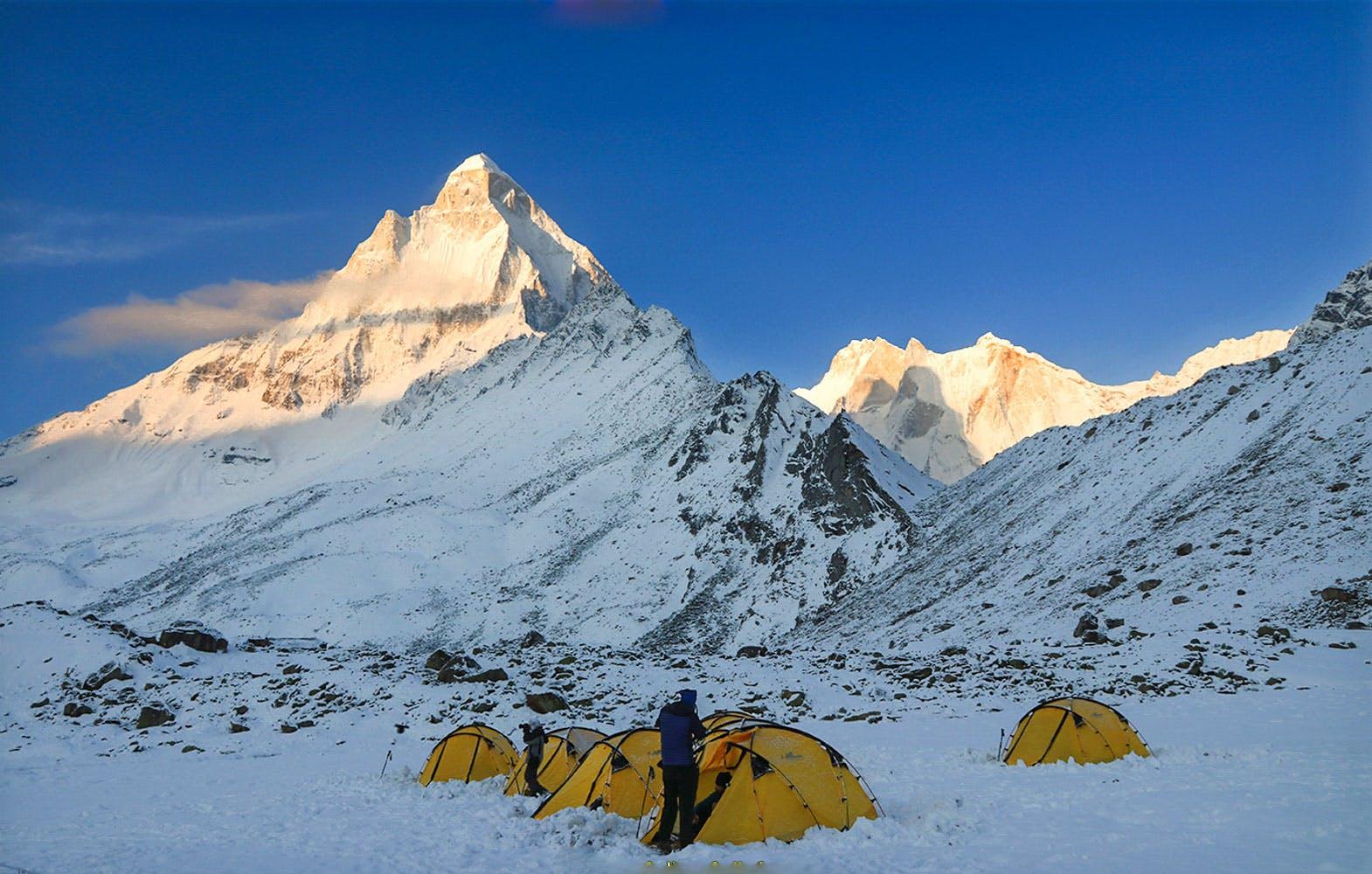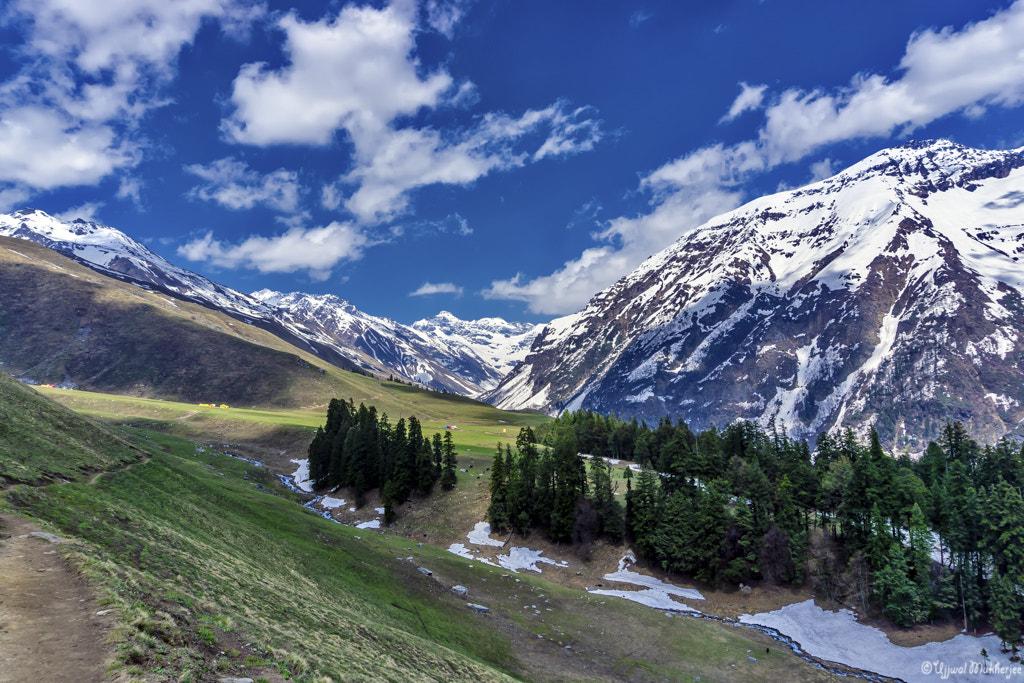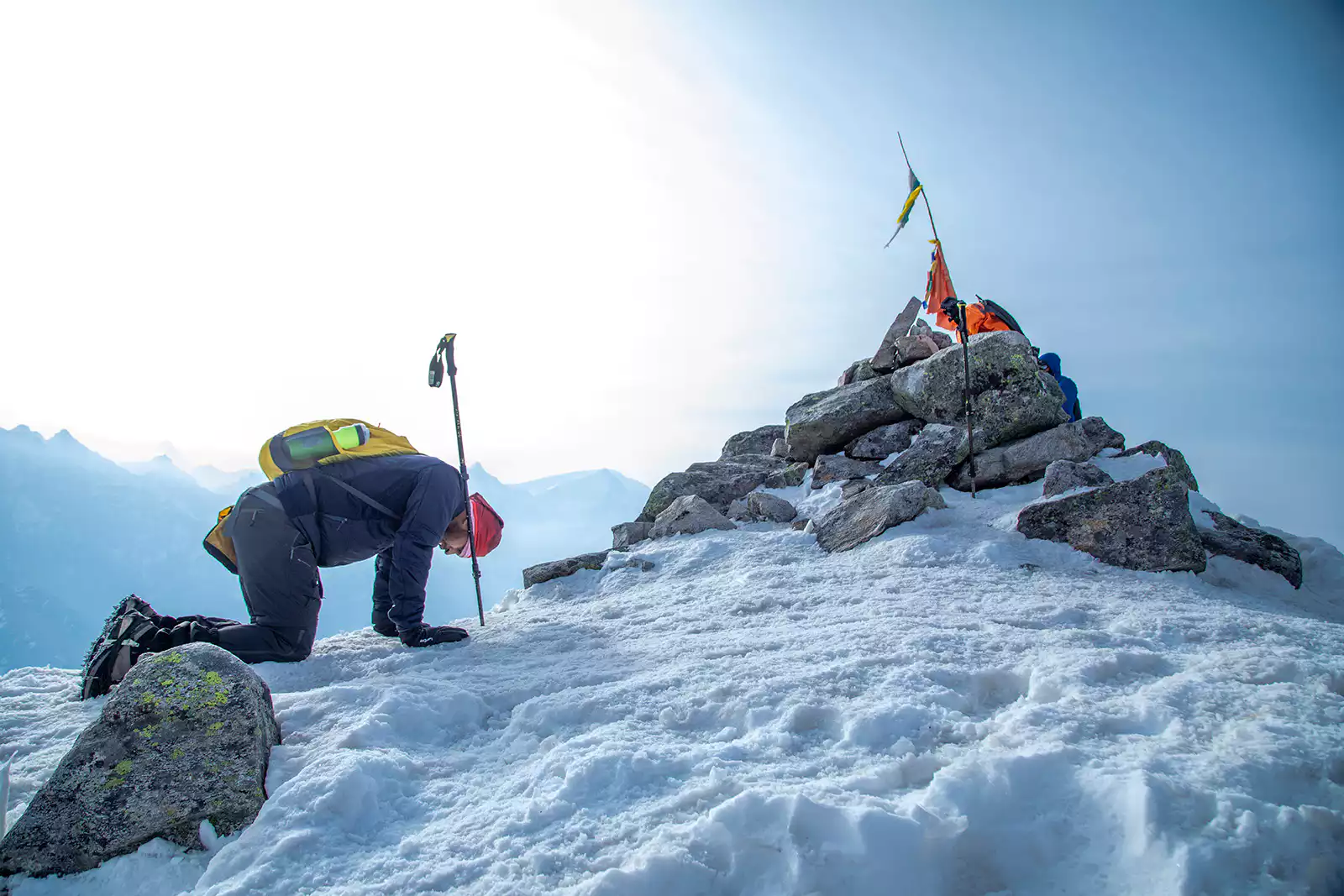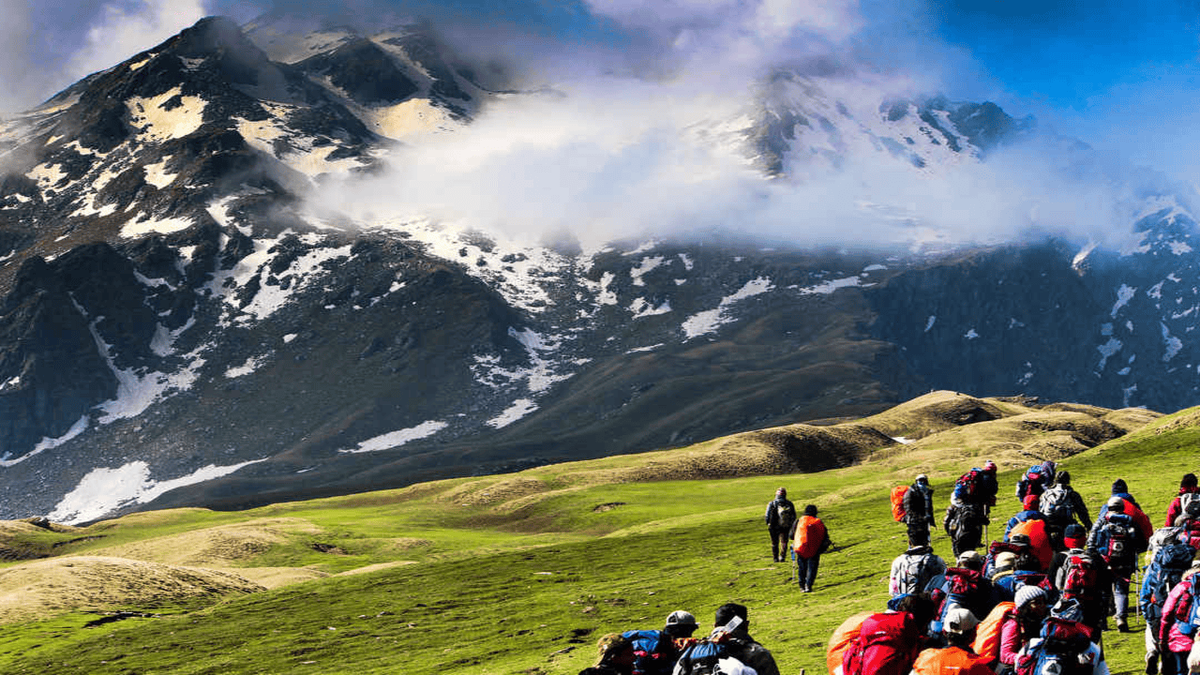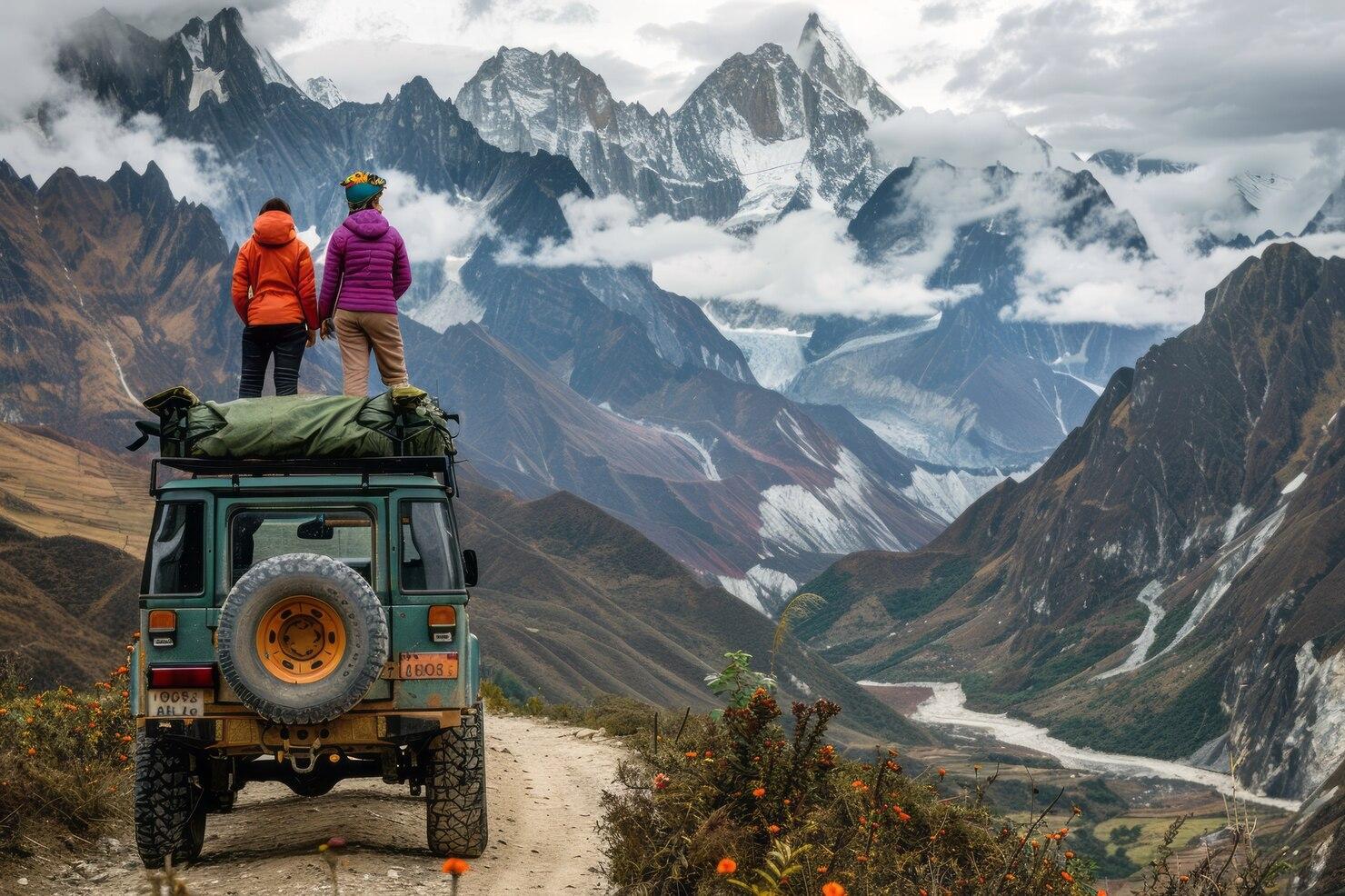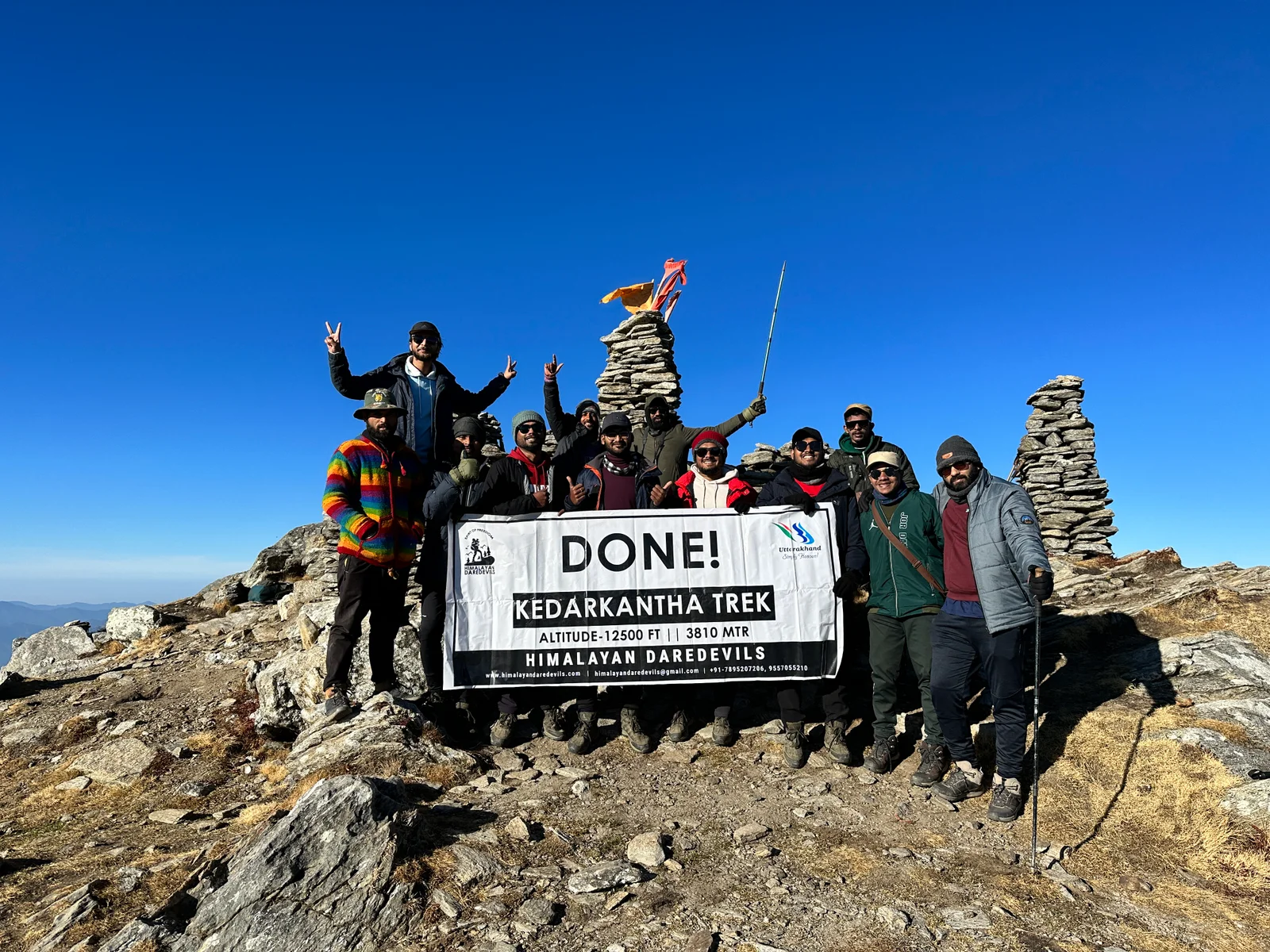07 October 2024
Avid trekkers often find themselves attracted to the beauty of the Himalayas, and that is what the Har Ki Dun Trek offers to many such trekkers. Situated in the Western Garhwal Himalayas, the Har Ki Dun Valley is the most beautiful trail that every trekker wants to take sight of. With a blend of stunning landscapes, cultural significance, and rich biodiversity, it offers a mixed experience to trekkers. The Har ki Dun Trek has another sacred name popular among every individual: the Valley of Gods. It is deemed that the Pandavas in the Mahabharata took the same route on their way to heaven. This trek covers a total distance of 45 km and takes you through a beautiful route along the way that covers dense forest, deodar, rhododendron, and gushing supine rivers. If you are planning your next trip to Har Ki Dun Trek, this blog is the right read for you because it covers all the essential details you may want to know. Keep reading till the end to learn when the best time is to visit the Har Ki Dun Trek.
Overview of Har ki Dun Trek
The amazing Har Ki Dun Trek in the Himalayas is famous for its beautiful view and atmosphere, which keep you calm throughout your journey. The route starts in Sankri village. As you move ahead with this route, you will encounter some stunning views of snow-capped peaks and charming villages. The difficulty level of this trek is moderate, making it conducive for both experienced trekkers and those who have yet to be on the trek. Traditional villages along the way will give you a cultural feel. Additionally, you can not escape from experiencing the beauty of the snow-capped peaks of Swargarohini, Bandarpoonch, and Black Peak. Therefore, if you want to see more of the Himalayas, this trek is the right destination for you.
The best time to trek Har Ki Dun
Given the moderate level of difficulty, this trek is conducive to all weather and all seasons, meaning that you can go for the Har Ki Dun trek for 7 months of the year. Barring the monsoon month, you can easily cover this trek in all weather conditions.
In spring (March–April)
Late March is the time when the Har Ki Dun Trek reopens. However, trekkers may find it difficult to navigate the trail during this time because of the ice layer that stays up until the last week of April. As the trail becomes slippery, you should use microspikes while trekking. And as time goes by, the month of April illuminates the atmosphere with floral blooms. You will get the chance to see nearby peaks covered in a lot of snow.
In summer (May–June)
Summertime offers pleasant weather for trekking Har Ki Dun Trek. Days are warm, and evenings are pleasant. As the peaks remain covered in snow, you will see snow melt in the lower region of the area. August is the month of celebration for local villagers, who participate in ritual festivities to welcome Lord Someshwara. This will be a great time to visit the villages in the valley.
In autumn ( September–October)
The month of September gives you the extreme beauty of several floral blooms. But you might not get the chance to see peaks covered in snow as it melts away. September can be the best time to visit the Har Ki Dun Trek because, by this time, rain will not be there to bother you. You may experience a chilly evening, but you will have to wait for snow until mid-November. November is the start of the winter season, when snow starts to cover the valley.
In winter ( November–December)
The month of December gives you a beautiful view of Har ki Dun Trek, which covers the valley in white snow. If you stay until the end of December, the snowfalls will give you a view of a Disney fairytale. The temperature will be below zero, making the weather extremely cold. The ice layer will remain on some stretches, so you must use microspikes.
Therefore, the starting months of mid-April to mid-June are the best times to visit Har Ki Dun Trek. However, you must thoroughly check the weather conditions before planning your trip to this beautiful trek.
Tips for trekking different seasons
- If you are planning to trek in the summer, then keep these things in mind: wear comfy and light clothes, stay hydrated throughout the journey, and keep sunscreen and a hat with you
- Trekkers who love the monsoon season keep waterproof jackets and wear boots. However, stay cautious about the slippery trails and landslides
- The weather is generally fickle during the autumn season, so you must dress in layers as you don't know what might come next.
- The winter season requires you to wear extra layers of clothing and always carry an extra pair of socks and gloves. Don’t ignore the icy path, and stay vigilant throughout the journey.
Plan your trip to Har Ki Dun Trek with Himalayan Daredevils
Now that you are familiar with the weather conditions throughout the year, you must be making plans to visit Har Ki Dun Trek. However, your preference comes first, and only then can you make your preparation. But if you have genuine plans, the best time to visit the Har Ki Dun Trek will be April to June and September to November. Assess your favorite months according to your fitness level and plan your adventurous trip with the Himalayan Daredevils. We offer you a genuine trekking experience with expert guides. They know everything about the Himalayan region and the local culture. This will make your trekking journey easy and affordable. Don’t give this much thought! And book your spot now with us. Feel free to contact us if you want to learn more about the Himalayan Daredevil.
